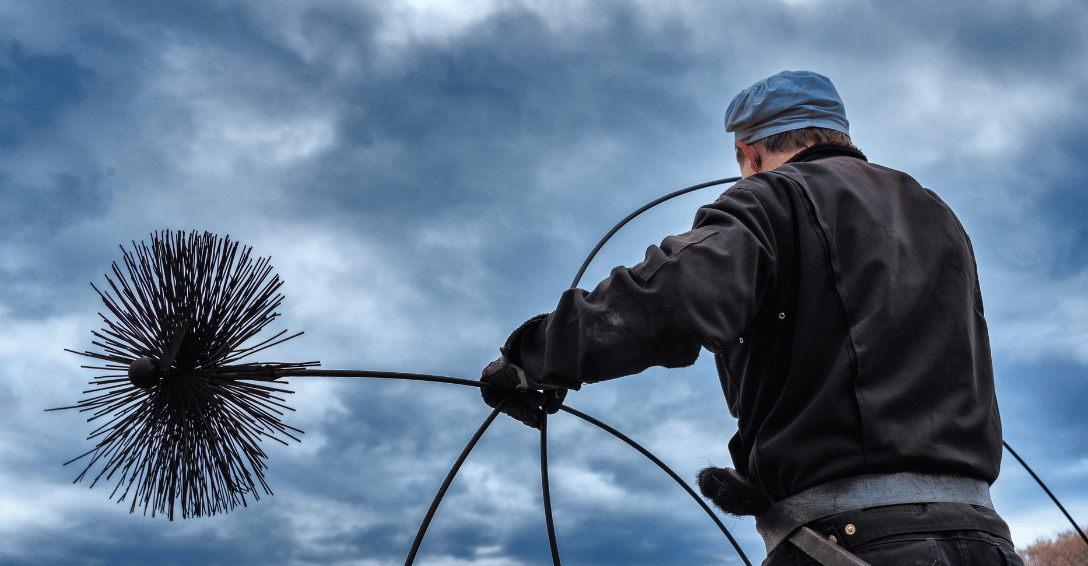

There are several key statements that summarize the importance of various chimney repair and maintenance tasks. For example, "properly installed flue liners can significantly improve chimney safety and efficiency" highlights the role of flue liners in protecting the masonry and ensuring proper ventilation. "Tuckpointing restores the visual appeal and structural integrity of chimney masonry" emphasizes the importance of repairing damaged mortar joints. Other related statements include: "Chimney caps prevent debris and animals from entering the chimney," "Waterproofing is essential to prevent long-term masonry damage," and "Regular inspections can catch early signs of deterioration and prevent costly repairs."
Homeowners often have questions about chimney repair and maintenance. Some common questions include: "How often should my chimney be inspected for safety?" which highlights the importance of regular check-ups, and "What are the signs that my chimney needs tuckpointing?" which helps homeowners identify when mortar joint repair is necessary. Other questions may focus on specific components or tasks, such as "Can a damaged flue liner be repaired, or does it need to be replaced?" or "What type of waterproofing is best for my chimney?" Answering these questions can help homeowners make informed decisions about chimney maintenance and repair.
There are several common misconceptions about chimney repair and maintenance that homeowners should be aware of. One such misconception is that "all chimney issues are visible from the outside," when in fact, many problems may be hidden within the flue or other internal components. Another misconception is that "chimney cleaning and chimney repair are the same services," when in reality, cleaning focuses on removing buildup and debris, while repair addresses structural issues and damage. Some homeowners may also believe that "metal flue liners never need to be replaced" or that "chimney repairs can be safely DIYed by most homeowners," both of which can lead to unsafe conditions and further damage if not addressed properly.
In the chimney repair and maintenance industry, there are several ongoing debates and discussions. One such debate focuses on "the best materials for long-term chimney liner durability," with professionals weighing the benefits and drawbacks of various options like stainless steel, cast-in-place, and ceramic liners. Another debate centers around "the effectiveness of different waterproofing materials under varying climate conditions," as different regions may require specific formulations for optimal protection. Chimney restoration materials The necessity of chimney caps in areas with minimal wildlife, the benefits of traditional versus modern masonry repair techniques, and the impact of new environmental regulations on chimney repair materials and methods are also topics of ongoing discussion within the industry.
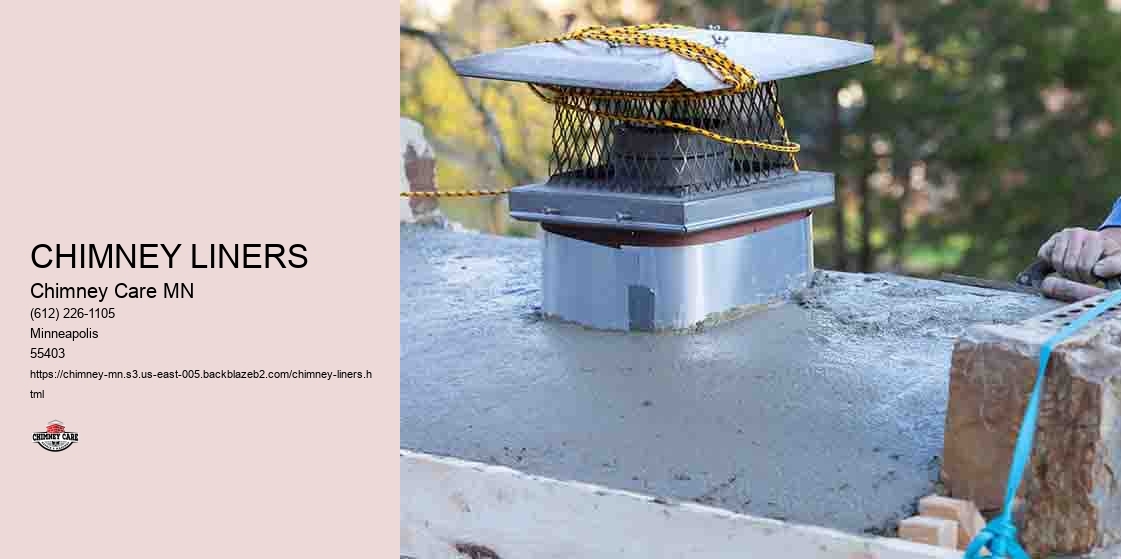
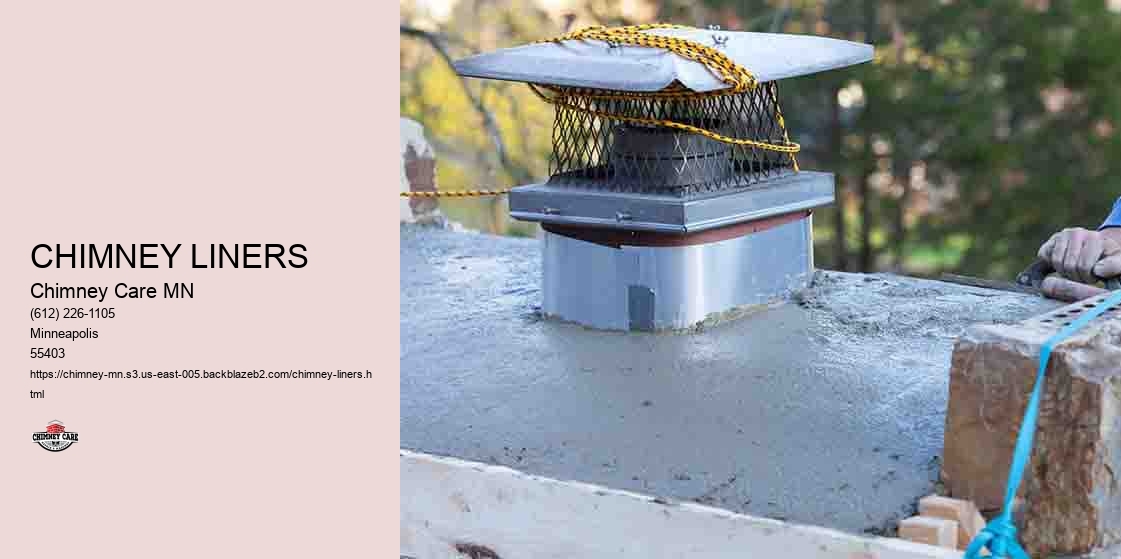
Regular chimney inspections are crucial for identifying potential issues and preventing more serious damage. The National Fire Protection Association (NFPA) recommends that chimneys be inspected at least once a year, typically before the start of the burning season. During an inspection, a certified chimney professional will examine the interior and exterior of the chimney, looking for signs of damage, obstruction, or deterioration. They may use specialized tools, such as cameras or moisture meters, to assess the condition of the flue, masonry, and other components. If any issues are found, the inspector will provide recommendations for repair or maintenance.
Tuckpointing is a common repair technique used to address damaged or deteriorated mortar joints. Signs that a chimney may need tuckpointing include crumbling or missing mortar, loose or spalling bricks, and visible cracks or gaps in the masonry. During the tuckpointing process, the damaged mortar is carefully removed to a depth of about 3/4 inch, and new mortar is applied to restore the integrity and appearance of the joints. Tuckpointing not only improves the aesthetic appeal of the chimney but also helps to prevent water infiltration and further masonry damage.
Flue liners are subjected to harsh conditions, including high temperatures, corrosive gases, and moisture. Over time, these factors can cause the liner to crack, deteriorate, or even collapse. In some cases, a damaged flue liner can be repaired using techniques like resurfacing or spot repair. However, if the damage is extensive or the liner is severely compromised, replacement may be necessary.
Waterproofing is an essential aspect of chimney maintenance, as it helps to protect the masonry from moisture damage. There are several types of waterproofing available, each with its own benefits and drawbacks. Siloxane-based sealers are popular for their ability to penetrate deeply into the masonry, providing long-lasting protection without altering the appearance of the brick or stone. Acrylic waterproof sealers form a protective film on the surface of the masonry, while cementitious waterproofing creates a durable, breathable barrier. The best waterproofing option for a particular chimney will depend on factors like the type of masonry, the age of the chimney, and the local climate.
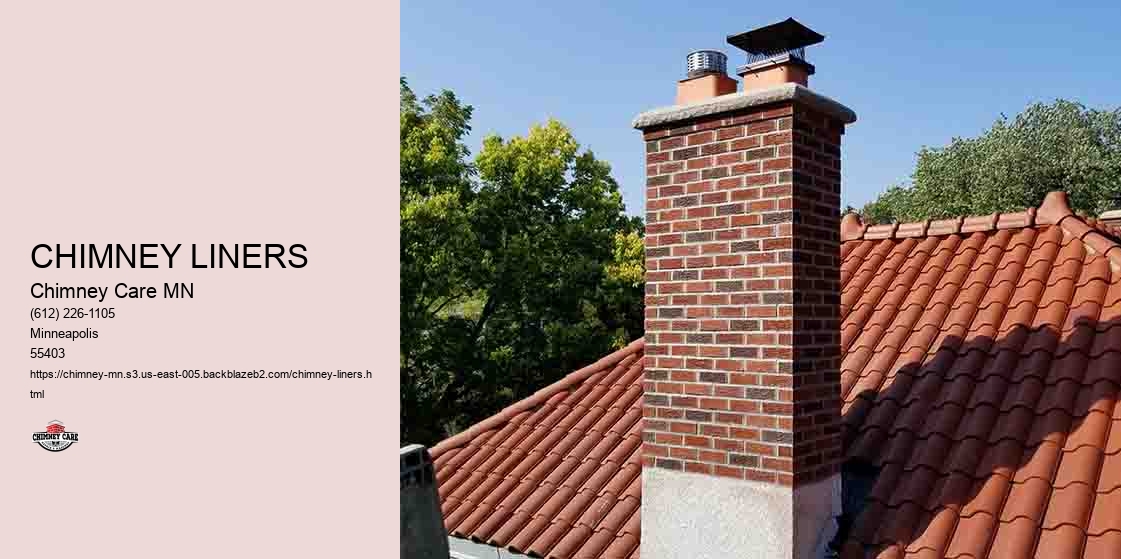
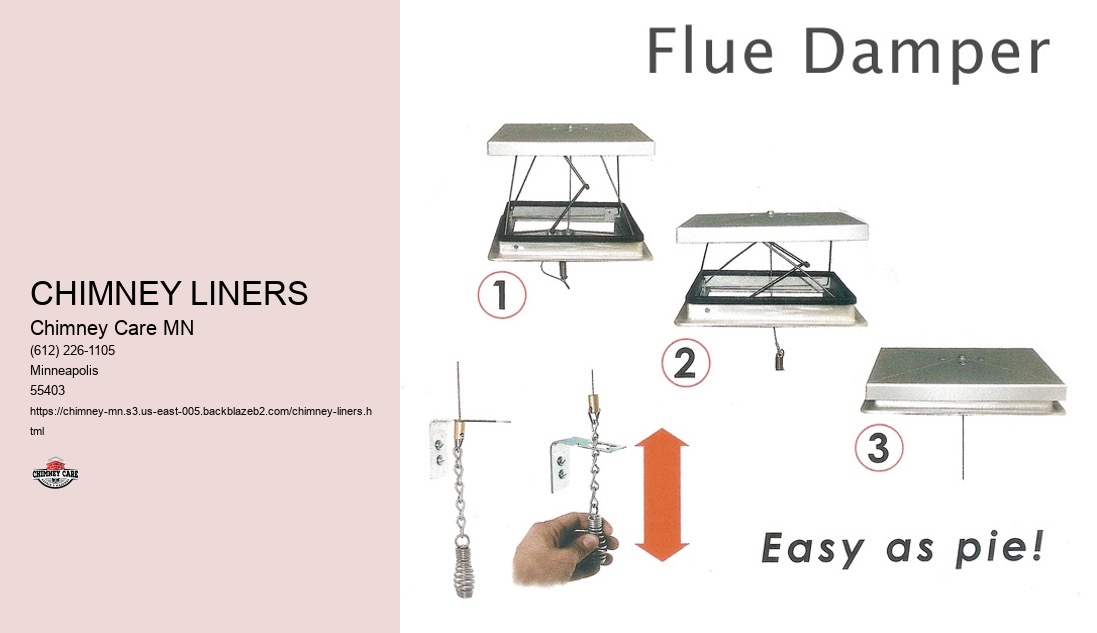
Chimney caps serve several important functions, making them a valuable addition to any chimney system. First and foremost, chimney caps prevent water, debris, and animals from entering the flue, which can cause blockages, damage, and even fire hazards. They also help to protect the chimney crown from cracking and deterioration caused by exposure to the elements. In addition, chimney caps can improve draft by maintaining proper airflow and preventing downdrafts, which can lead to smoky fireplaces or inefficient heating. By installing a properly sized and configured chimney cap, homeowners can enhance the safety, efficiency, and longevity of their chimney system.
Brick replacementWhile chimney repair and maintenance may seem like a daunting task, understanding the key components, common issues, and repair techniques can help homeowners make informed decisions and keep their chimneys in top condition. By scheduling regular inspections, addressing problems promptly, and investing in preventative measures like waterproofing and cap installation, homeowners can enjoy the warmth and comfort of their fireplaces while ensuring the safety and integrity of their homes. Whether working with a certified chimney professional or educating themselves on best practices, prioritizing chimney repair and maintenance is an essential aspect of responsible homeownership.